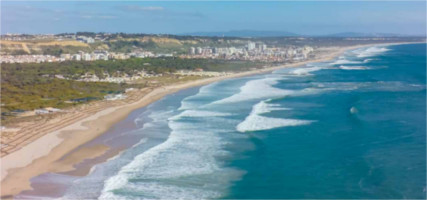Speaker
Petr Bydzovsky
(Nuclear Physics Institute, Acad. Sci. of the Czech Republic, Rez)
Description
An isobar model for photoproduction of kaons on the proton was recently constructed [1]
utilizing new experimental data from CLAS, LEPS and GRAAL collaborations. Higher-spin
nucleon (3/2 and 5/2) and hyperon (3/2) resonances were included using the consistent
formalism by Pascalutsa and found to play an important role in data description.
The set of chosen nucleon resonances agrees well with the set of the most probable
contributing states determined in the Bayesian analysis with the Regge-plus-resonance model
[2]. Particularly, we confirm that the missing resonances $P_{13}(1900)$ and $D_{13}(1875)$
do play important role in the description of data. However, the spin-1/2 state
$P_{11}(1880)$ included in the Bayesian analysis was replaced in our analysis with
the near-mass spin-5/2 state $N^*(1860)$, recently considered by the Particle Data Group.
In the analysis, a special attention was paid to the model predictions of the cross
sections at small kaon angles that are important for accurate calculations of the
hypernucleus-production cross sections. It was shown that the small-angle cross sections
dominated by the background part of the amplitude get main contributions from the spin-1/2
and spin-3/2 hyperon exchanges in combination with the Born terms.
Results of two versions of the model will be compared in the third-resonance region with
the experimental data and other models and discussed.
1. D. Skoupil and P. Bydzovsky: arXiv:1601.03840; accepted in Phys. Rev. C
2. L. De Cruz, T. Vrancx, P. Vancraeyveld, and J. Ryckebusch: Phys. Rev. Lett. 108,
182002 (2012);
L. De Cruz, J. Ryckebusch, T. Vrancx, P. Vancraeyveld:
Phys. Rev. C 86, 015212 (2012).
Author
Petr Bydzovsky
(Nuclear Physics Institute, Acad. Sci. of the Czech Republic, Rez)
Co-author
Dalibor Skoupil
(Nuclear Physics Institute, Acad. Sci. of the Czech Republic, Rez)
